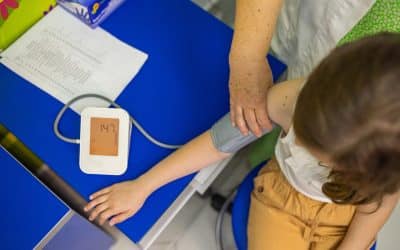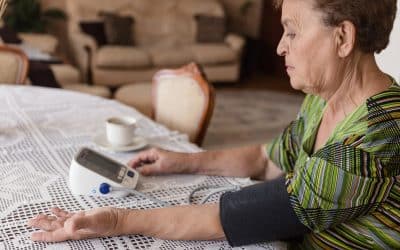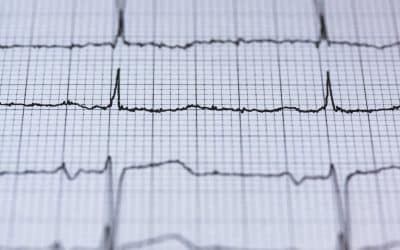Arterial disease, often called Peripheral Vascular Disease (PVD), involves problems with the blood vessels located outside the heart and brain. These vessels, which include both arteries and veins, are crucial for transporting blood throughout the body. One of the most common types...
Peripheral Vascular Disease
Understanding and Treating Peripheral Vascular Disease
Peripheral Vascular Disease (PVD) is a circulatory condition where narrowed blood vessels reduce blood flow to the limbs, effectively causing symptoms like leg pain when walking (claudication), numbness, and even tissue damage. There are several treatment options available for one in 20 Americans...
The Role of Angioplasty in Restoring Blood Flow in Peripheral Arterial Disease
Peripheral arterial disease (PAD) is a common condition affecting millions worldwide. It is characterized by the narrowing or blockage of arteries outside of the heart, most commonly in the legs. This narrowing or blockage restricts blood flow to the affected areas, leading to symptoms such as leg...
The Link Between Peripheral Arterial Disease and Leg Swelling: Causes, symptoms, and treatment options.
Peripheral Arterial Disease (PAD) is a condition characterized by the narrowing or blockage of arteries that supply blood to the legs and feet. This restricted blood flow can lead to a range of symptoms, including leg swelling. Peripheral arterial disease (PAD) affects millions of people in the...
Is Peripheral Artery Disease A Death Sentence
Peripheral artery disease (PAD) is a common condition in which the arteries in the legs become narrowed or blocked by a buildup of plaque. This condition affects millions of people worldwide and can lead to serious complications such as amputation, heart attack, and stroke. As a potential patient,...
Leg Amputation Can Be Avoided in PAD Patients
Each year, more than 150,000 amputations are performed in the US to remove toes, legs or feet affected by advanced peripheral artery disease (PAD). Modern treatment options can restore blood flow to affected limbs and reduce the risk of amputation. PAD patients are at risk of losing a leg and...
How Arterial Disease Affects Your Life
Peripheral arterial disease, or PAD, occurs when arteries become blocked by plaque. Plaque is a substance that forms when fatty substances (cholesterol, for example) stick together and build up on the walls of the arteries. When most people think about arteries, they think about the ones in their...
How Diabetes Can Affect Your Risk Of PAD
Diabetes is a life-changing disease that can threaten your health in many ways, besides what it does to your blood sugar regulation. You may already know that it can affect your vision and even lead to kidney damage or liver disease. But you may not know that diabetes can also increase your risk...
Health Guide: 5 Causes of Peripheral Arterial Disease
Around 6.5 million people aged 40 and over have peripheral arterial disease (PAD) in the US. This common circulatory problem refers to narrowed arteries that reduce blood flow to your limbs, especially your legs. Many people with PAD have no symptoms. For others, one of...
What is Vascular Disease?
What is Vascular Disease? We explore the answer to that question in this article. Coastal Vascular Center specializes in treating Vascular Disease. Vascular Disease can be any abnormal condition of the blood vessels. The body uses blood vessels to circulate blood through itself. Problems along...
Eating More Fruits and Vegetables Reduces the Chance of Getting PAD
A recent study shows that including more fruits and vegetables in your diet may help keep your leg arteries free of blockages. That’s good news for patients with peripheral artery disease (PAD). People with peripheral artery disease have a narrowing of the leg arteries. This limits blood flow to...











